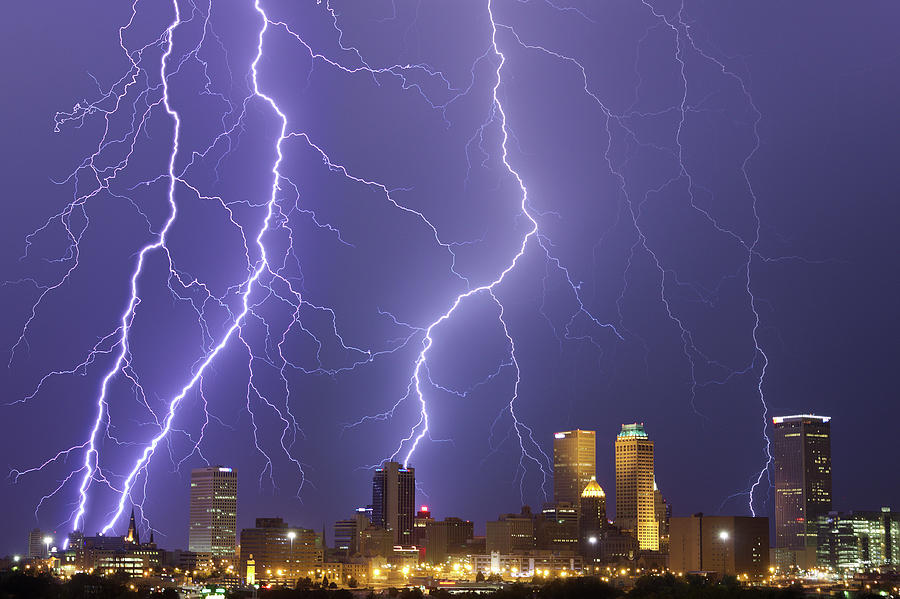Deshaunrob17 wrote:He said the low instability is caused a very dry ITCZ this month Didn't seem so to me
Agreed, I think it's partly because of the MJO being in an extremely suppressed phase over the Western hemisphere for the last 2-3 weeks but that's starting to subside and the enhanced phase is expected to be here soon.
Even on a scale as small as my backyard, you could tell the atmosphere is slowly starting to wake up again. Trade winds aren't consistently strong like they were up until last week and just this morning, they were almost nonexistent for the first time in a while. Not surprisingly around midday, we had a strong heat-driven thunderstorm with lots of lightning.
I feel like it's been a while since winds were that light here in the daytime, maybe since the last MJO pulse at the start of July. To be fair, we do have the ITCZ and a tropical wave near us at the moment but the tropical waves in the last 2 weeks have been mostly feeble and short-lived, speeding along in the trade winds and only producing brief rainfall. You can tell that things are gradually becoming more favourable again, at least in terms of rainfall, which is probably thanks to the suppressed MJO subsiding.











